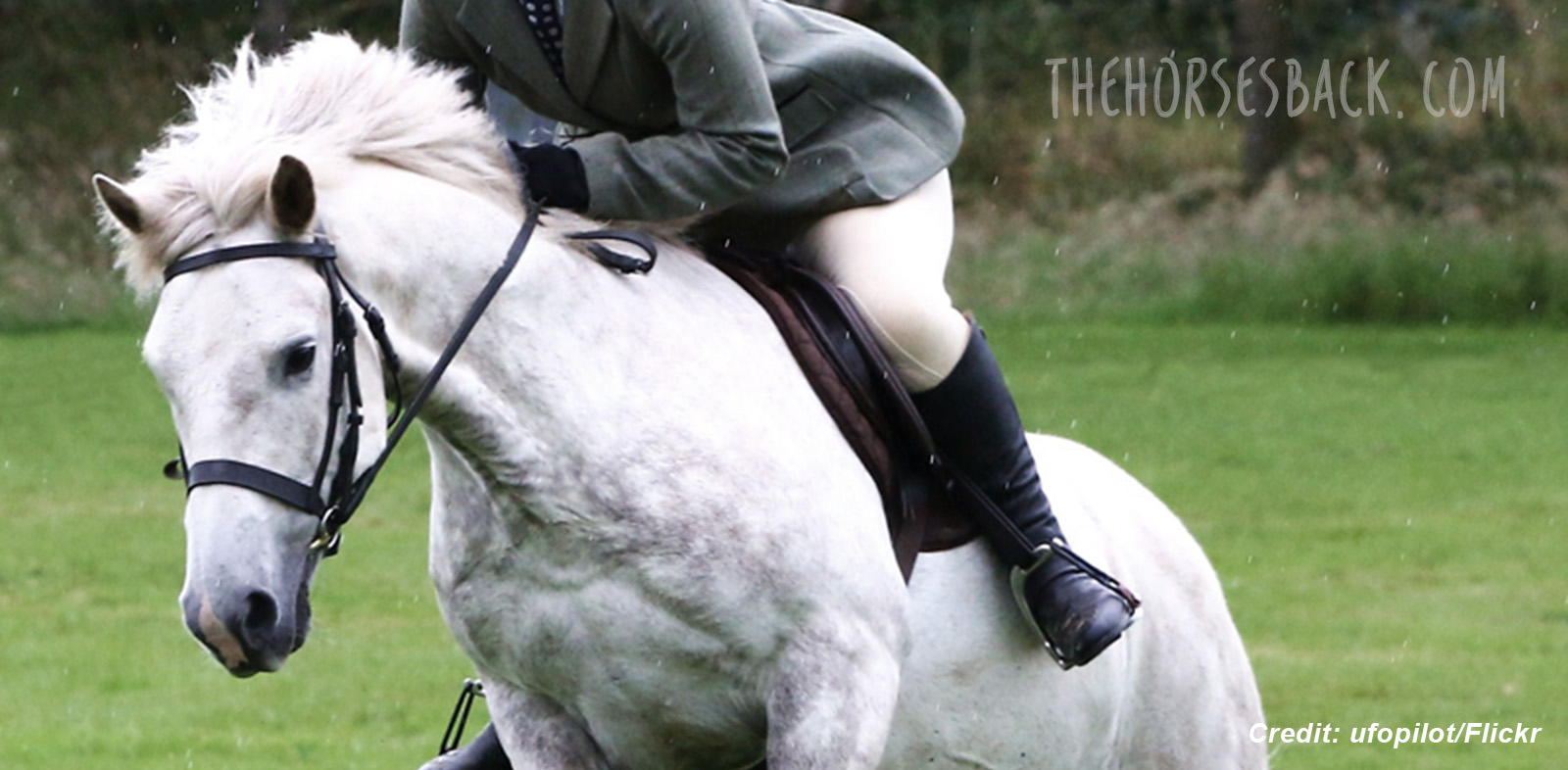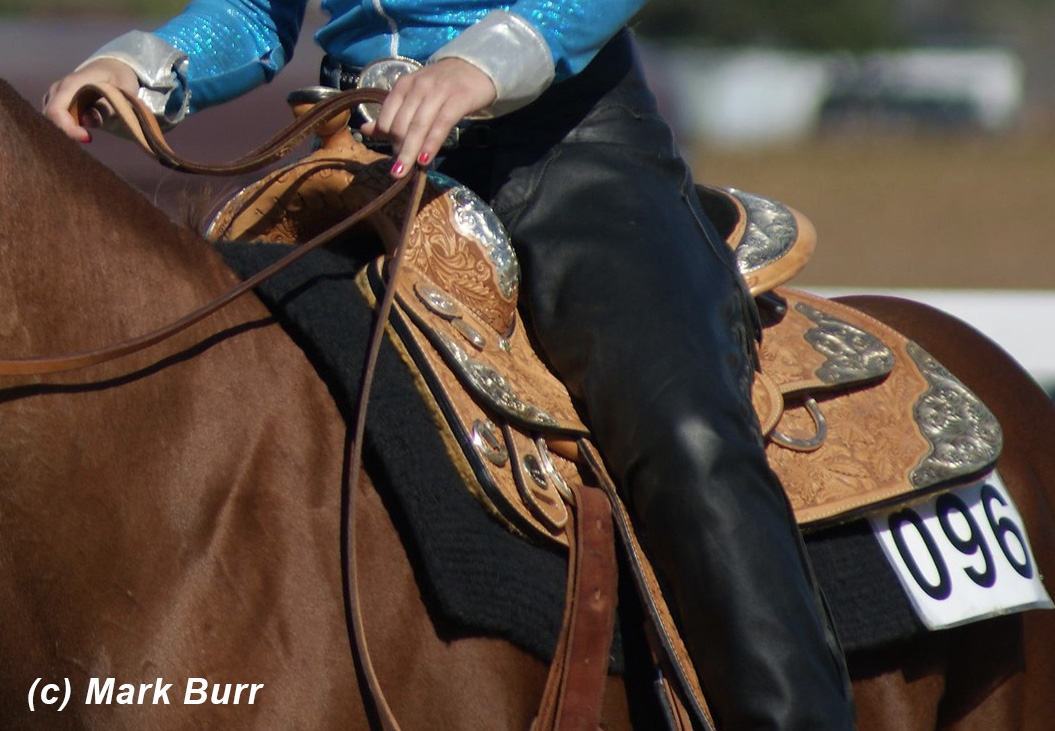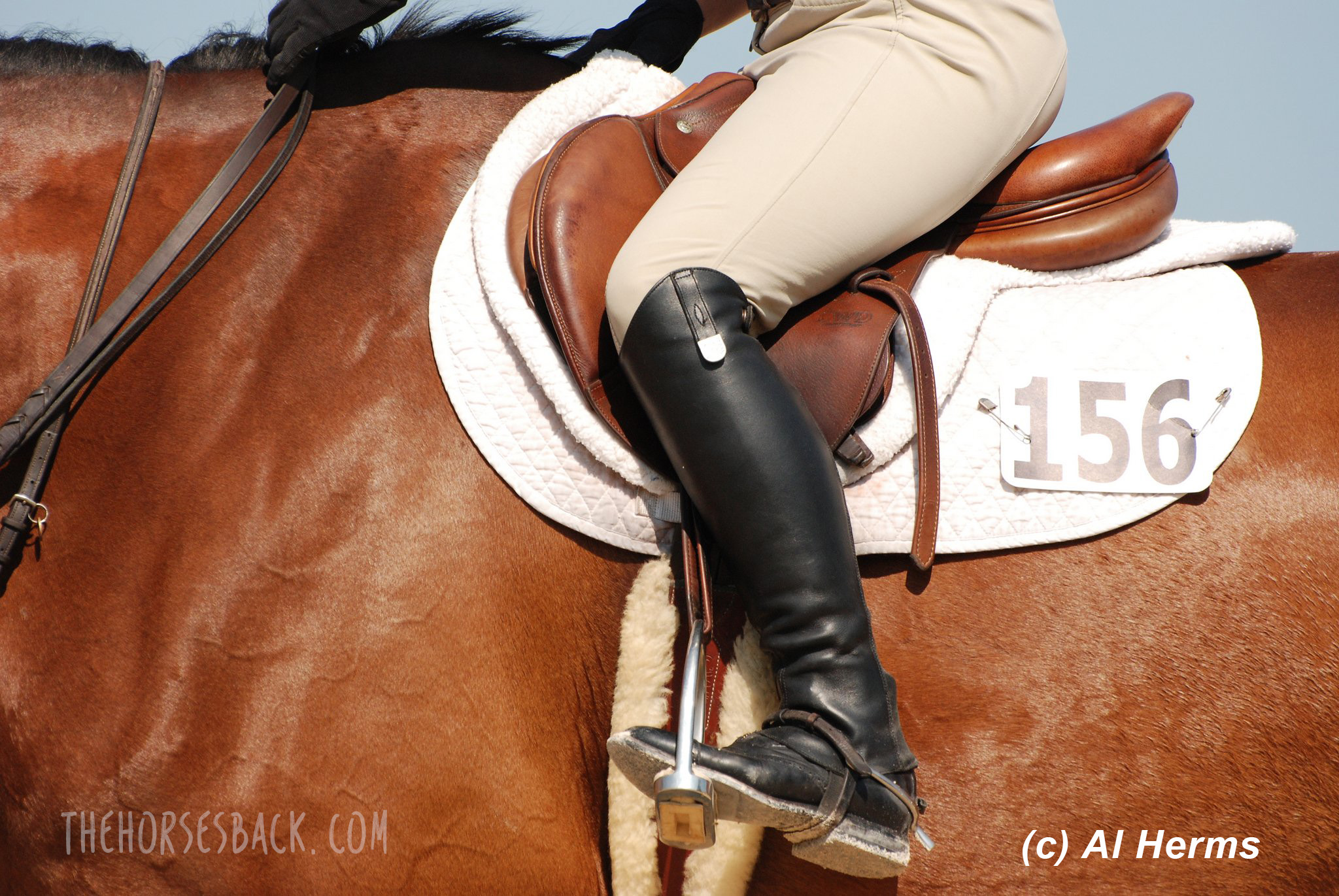 There’s a basic premise of saddle fitting that hasn’t occurred to a lot of people. It can’t have done, not if the tack they’re riding in is anything to go by.
There’s a basic premise of saddle fitting that hasn’t occurred to a lot of people. It can’t have done, not if the tack they’re riding in is anything to go by.
To start, let’s remind ourselves that the horse’s back wasn’t designed to be sat on and it certainly wasn’t designed for saddles. This isn’t to pursue an argument about what is natural for horses or not. Yes we ride them and it’s not natural, ta-de-da.
 The reason for this statement is simply to highlight the fact that inserting a relatively static piece of equipment between two living organisms in motion is, at best, always going to be fraught with complexity.
The reason for this statement is simply to highlight the fact that inserting a relatively static piece of equipment between two living organisms in motion is, at best, always going to be fraught with complexity.
We have to acknowledge that when it doesn’t work, it’s usually to the horse’s detriment. Yes, sometimes also the rider, but if the rider’s copping it, the horse is usually getting it too.
One of my favourite statements about saddle fitting
It’s possibly a bit odd to have a fave sentence on this subject, but here’s one that leapt out at me a few years back and is still hanging around.
Ken Lyndon-Dykes, Master Saddler expressed this particular concept so succinctly in his book, Practical Saddle Fitting. Enjoy this – it’s a biggie:
“The best designed, most beautifully crafted saddle made specifically to fit an individual horse will not improve the horse’s ability to perform, benefit his welfare or increase his comfort.”
Say what? Do you feel the impact of that? Maybe you knew it already, but it never hurts to have certain truths reflected back at us as a reminder.
Certainly, having used this quote on a presentation slide in my Saddle Fit Essentials for Horse Owners clinics, I’ve found that these words often pull people up short. There’s usually a moment or two when you can almost hear the implications sinking in.
Let’s take that sentence apart a bit.
“The best saddle will not improve the horse’s ability to perform …”
Let’s be clear, this is when compared to how the horse performs when free of its saddle and rider. The horse is always going to move better with no restriction or load on its back.
“…benefit his welfare… “
Again, nope, we’re not improving the horse’s welfare, but minimizing and ideally eliminating the negative impact on the horse’s welfare that comes with restriction or pain due to poor saddle fit.
“… or increase his comfort.”
Same. When did you ever see a horse look more comfortable after you put the saddle on? What we are aiming for is simply neutral, in that the horse is as comfortable with the saddle (and rider) as it is without.
The fact is that saddles are there to assist the rider and beyond that are an exercise in damage limitation to minimize the effect of their own presence.
And that’s it. There’s the crazy logic, right there.
It’s a paradox, the definition of a parodox being “a seemingly absurd or contradictory statement or proposition which when investigated may prove to be well founded or true.”
Saddles may not make a horse go better, but the well-fitted saddle definitely minimizes the negative effect that a saddle and rider may have in preventing normal action and, at worse, causing discomfort and pain.
Interesting, isn’t it? Yet once we recognize this fundamental truth, the more likely it is that we’re on the road to making wise and sensible choices that increase comfort for our horses and improve performance as a result.


Oh, thank goodness someone else has had the guts to say this!!
I read it in a saddle fitting article or saw it in a video or something of his and was emotionally taken by it.
After years of specially designed saddles for my QH guy with 2 rubbing spinosies (is that the right word?) kissing spines anyway, one right behind the withers and the other a bit forward of the pelvis, I ended up with a treeless saddle which didn’t help either. Actually I feel it made things worse so I padded the heck out of it.
Right about then I got septic arthritis and that was the end of my riding anyway.
But I regularly see horses in heaps of pain and I feel so bad, yet helpless for them.
They are trying to escape the confines of the saddle but being cranked in by a strong bit.
I can hardly stand to go to a horse event or even watch on tv anymore because nobody seems to have learnt anything in the last 25 yrs of modern scientific investigation and discoveries.
Oh, sorry to hear about all of that! You have been through the mill.
I can’t claim any originality whatsoever about the ‘saddle has to solve the problems it creates’ conundrum – as you say, it’s out there already! But I can spread it by rephrasing it here 🙂 I’m interested to read that it had an impact on you too.
Excellent and I couldn’t agree more! The more I learn, the harder it is to look at any horse without a critical eye, noticing the effects a bad saddle is having! Some horses have endured pain over a long period of time and can no longer even handle being groomed! Sadly though, most people, well-intentioned though they might be, don’t grasp this fact. At the risk of offending people, this “not been designed to be ridden or have a saddle on” stretches one bit further – they’re not designed to wear clothes of any kind (blankets), as God made them perfect as they are with their own inbuilt thermostats and a beautiful fur coat. Just my added penny’s worth. Thanks for all your articles Jane – always much appreciated.
Thanks for your feedback. We owe it to our horses to get it right.
You know, just reading what Lucy wrote made me reflect on today.
My horses are so lucky. I feel really guilty when glancing over the fence and seeing the sad horses there, being forced into badly fitting tack and rugs.
I was standing there this afternoon watching my horses eat their tiny daily feed nosebag (to keep them through our dry winter at body score 3 due to all being IR in old age).
I was secretly congratulating myself for having all horses looking so well and being healthy.
Their coats are thick, even and lustrous but not long and unkempt like IR horse’s coats would be.
They aren’t scratching, don’t have abscesses, foot problems or behavioral issues and never get rugged (night temps here drop only to zero). I regularly see them cavorting so they must be feeling ok.
My property is run on permaculture principles, paddocks lightly grazed and regularly rotated, with heaps of returning scrub for wildlife, no sheds, no yards, and barely a bare sacrifice area to be found and no troughs!
Yes, just the way they were meant to live. If only I was wealthy enough to own a larger parcel of land so the horses could roam wider and get even more daily exercise.
To ride or not to ride? that is the question.
I am in the middle of ‘nowhere land’. Not riding. Wanting to ride. Should I ride? I love seeing my horses happy and healthy, unencumbered by all the things we think they should be wearing and doing. I bear the judgement of others who think I should be doing otherwise: I can hear their howls of derision.
More enlightened knowledge is wonderful, but it makes me very sad, almost ill, seeing what many people do to their horses. I can’t bear to watch most horse competition now. Those expensive saddles now hang in my laundry.
I love hanging out with my two in the paddock. Massages to release points of tension. Aria backing up to my camp chair wanting a bottom scratch. Little Jack stealing my hat.
One of my problems about not riding is getting my mare to lose weight. I am agisting, so have little control over paddock conditions. Anxiety. I can only encourage my horses to eat lows-sugar hay in hay nets, supplemented by magnesium to help with sugar metabolism. At least they are in a large paddock of several acres. We don’t like lunging; we can go for walks, but I am not marathon-fit enough to ‘trot’ for any useful length of time.
I will be able to move my horses again soon to a ‘slimmer’ paddock. Thinking of other ways to give them more exercise without a saddle. Train them to pull a cart? Exercise next to a car….carefully? Would a Kelpie encouraging them to move around a laneway be too stressful? Can you read my worry in this post?
My property search is now two years long. Good in a way, because I am learning so much about pasture/landcare/horse management, which makes agisting all the more frustrating.
I am more anxious about horse weight than COVID-19. Capeweed, rye and clover are my real enemies! Native grasses are my salvation.
And I would love to go for a ride…
PS Any other ideas would be gratefully received.
In-hand work along with your bodywork is lovely! and can be physically demanding enough for horse and owner 😉 … and/or light driving for a longer, sustained and interesting walkabout. Riding with a properly fitted saddle can surely be embraced as a cross-training day, including the relaxed pole stepping, and inclines/declines perhaps practiced from said in-hand and/or driving sessions; a rider moving in balance and in front of the horse’s motion at walk in these manners should fall totally within anyone’s welfare prescription.
As fitness naturally (and miraculously!) proceeds, a light seat at all progressing gaits within warm up and cool down periods suits most any sound horse at any age for reasonable periods of time. Let us not sit still or sit trot on our horses’ backs. Amen!!
I’ve been an equine bodyworker for the last 5 years, and sadly, I’ve found saddles almost destroy horses’ backs, not to mention all the soreness I find. I am constantly helping people adjust their padding to help free up scapula movement, especially in Western saddles. To lie an inanimate object with weight across an “animated” horse’s back where many muscles, scapula and vertebrae move with every stride, seems counter productive. Hence, the ideal saddle should, in my opinion, move and adjust itself to accommodate the movement of the horse’s back. In my search I landed with endorsing the Bates saddles. In recent years they seem to have perfected their air pillows; so the air is not too hard and it will move with the horse’s back to a degree. (There is no solid flocking or foam). I’ll admit that I own one now and have for 3 years, and I ride upper level dressage in a Bates on my sensitive mare, so I feel that I have proven to myself that this technology works well. When I do bodywork on horse’s that are ridden in one of their saddles, as long as the tree width is correct, the backs are not sore under the saddle.